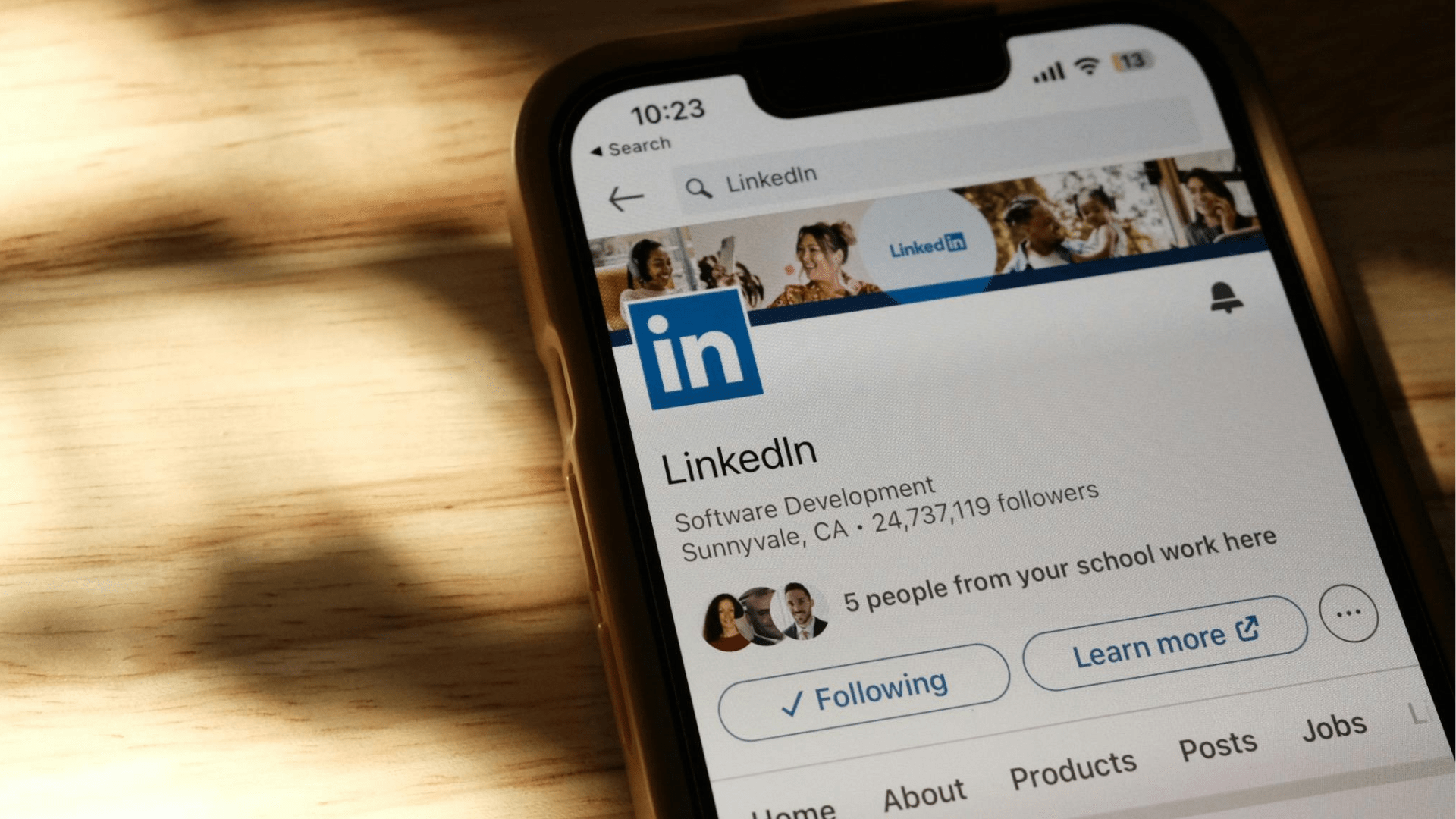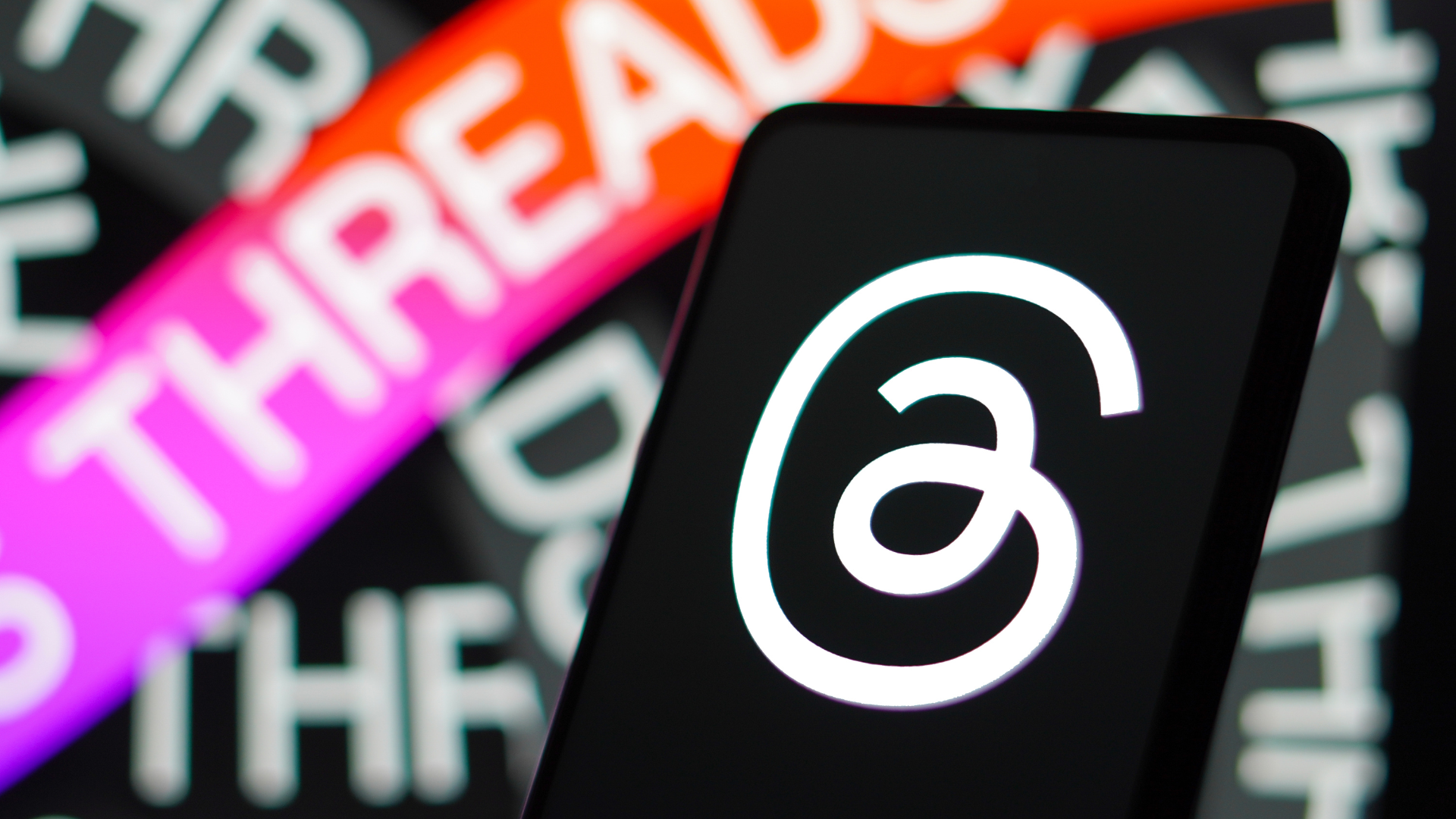Naturally, what worked thirty years ago may not be as effective today. Contemporary LinkedIn users, for instance, prefer to engage with rich media such as video content, image carousels or animations over text-only posts, so it’s no surprise that companies that spend time and effort crafting visually engaging content have a higher success rate on the platform. This is particularly true for organic posts, where competition is fierce as thousands of companies fight for a share of users’ attention.
We recently talked about the importance of knowing your audience, but knowing how to engage them organically is just as important.
Image posts: a classic that never fails
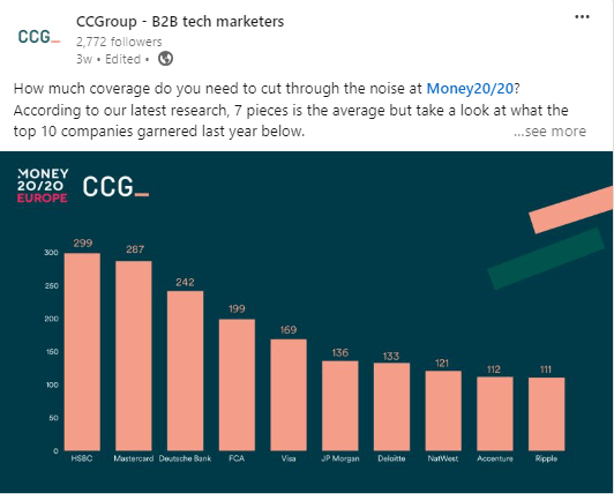
Posts with images get twice as many comments as text posts. Particularly in the tech industry, visual posts featuring maps, charts or infographics tend to perform best.
Companies often feel held back by the lack of a professional photographer or in-house resources, but with the vast choice of copyright-free images available and recent advancements in generative AI, there are no excuses to neglect image posts.
Post copy must also be compelling and explanatory, as this is used to provide context to images and drive interaction. All posts should also include a healthy amount of hashtags–a branded hashtag and at least two industry or topical hashtags–and a link to a relevant page. It’s also crucial to add descriptive alt text to all images to improve the accessibility of your posts.
Video posts: the crowd favourite
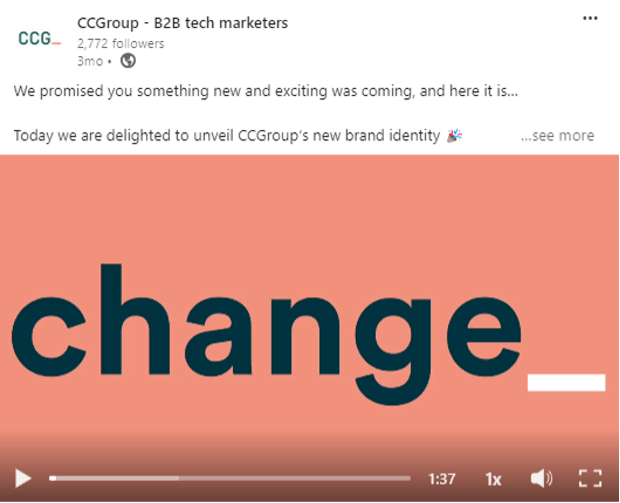
Video has become so popular over recent years that it has the highest engagement on LinkedIn, five times more than other post formats.
Clips don’t have to be long–LinkedIn recommends keeping them to under 30 seconds–and can serve a variety of purposes, from teasers to announce a product launch, to explainer videos summarising reports and case studies.
Similarly to image posts, companies shouldn’t feel restrained by creative limitations. Fairly sophisticated text-based video animations can be created in no more than a day and can be just as successful as the most elaborate professional footage.
Always include some supporting copy with your video to provide context and encourage people to stop scrolling and watch.
Document posts: an aid for engagement

Document posts are great for boosting engagement, as LinkedIn counts each click to swipe through the document as a unique interaction.
This format is particularly useful for sharing longer content–such as guides and white papers–and for teaser campaigns. Try offering the first few pages of a piece of content, followed by a call to action to a landing page to read more.
Give your document a relevant title and consider offering an executive summary for longer pieces of content to allow users to decide at a glance whether they want to invest time in reading your document in its entirety.
Another great functionality of document posts is the ability to gate them and only give away a portion of the information for free, making them a great aid for paid lead-generation campaigns too.
LinkedIn articles: a native tool the algorithm lovers
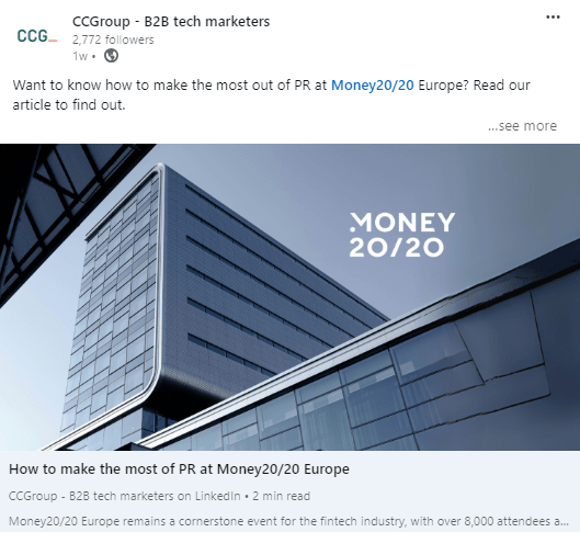
LinkedIn has made it abundantly clear that the algorithm prefers native content and prioritises this when surfacing posts. Rather than publishing an article or blog on a company website and then sharing it on LinkedIn, long-form content can be written and published there directly, amplifying reach and engagement.
Collaborative articles are particularly great for fostering collaboration and ensuring that what’s published is relevant and accurate. Always make sure to mention the people you’ve collaborated with, and cite any sources you may have used in the comment section of your post.
The best practice for LinkedIn native articles is to always add a cover image and, where possible, make use of rich media within the body of text. Try to include a question or Call To Action at the end of your article to drive engagement.
While your organic LinkedIn strategy shouldn’t be geared exclusively to pleasing the algorithm, knowing your way around the best practices will help you reach your target audiences faster. Our ultimate LinkedIn algorithm hacks are coming soon, so keep your eyes peeled!













